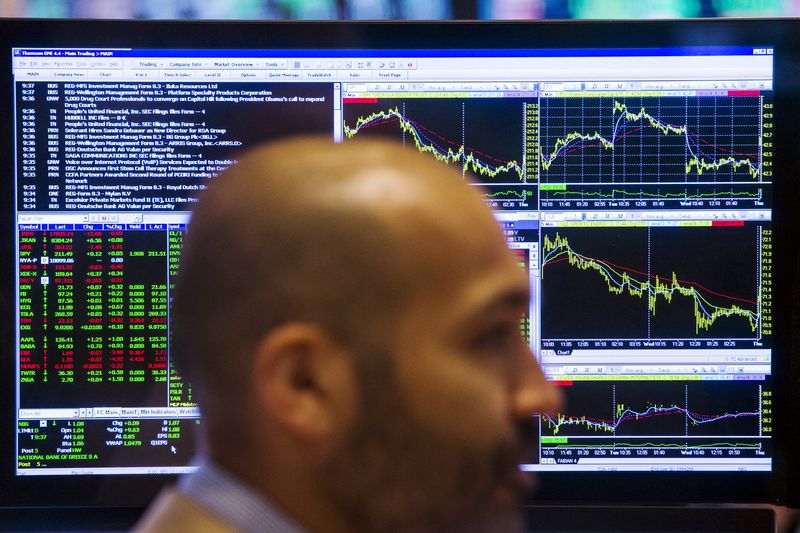Bitcoin (BTC) Breakout Confirmed: 3 Price Levels to Watch Next

U.Today – Finally confirming a significant breakout above $67,000, Bitcoin (BTC) may be about to experience a change in momentum. BTC looks to be gaining significant strength, and traders are beginning to focus on the next important price levels as On-Balance Volume (OBV) confirms the breakout across Binance and other major exchanges.
The psychological barrier of $70,000 is the first level you should watch. In the past, sellers have tended to intervene in this area as a point of resistance. Considering the momentum thus far, breaking through this level may set off a rapid upward move that could result in a new all-time high. As they get closer to this level, traders should pay particular attention to volume, as it has the potential to either halt the rally or confirm a more bullish continuation.
Currently, $63,000 serves as a solid support level for Bitcoin on the downside. This is an important sector that might offer protection should there be a reversal following the most recent surge. It would still be deemed healthy for Bitcoin to retrace toward $63,000 in order to give it time to cool down before launching another upward move.
Bitcoin’s ability to maintain this support level would suggest that consumers are still very much in charge. If we go beyond $70,000, we will probably find that the next target for Bitcoin is roughly $75,000. At this point, sellers might try to take profits as midterm resistance. But if buying pressure picks up and the price breaks above $70,000 with significant momentum, $75,000 would be a realistic short-term target.
Bitcoin appears to have regained its footing after months of consolidation, with OBV confirming the breakout across all major exchanges. Whether Bitcoin can sustain this momentum will be determined over the course of the next few days. Investors should monitor the asset near these levels to determine the likelihood of additional upside.
This article was originally published on U.Today







